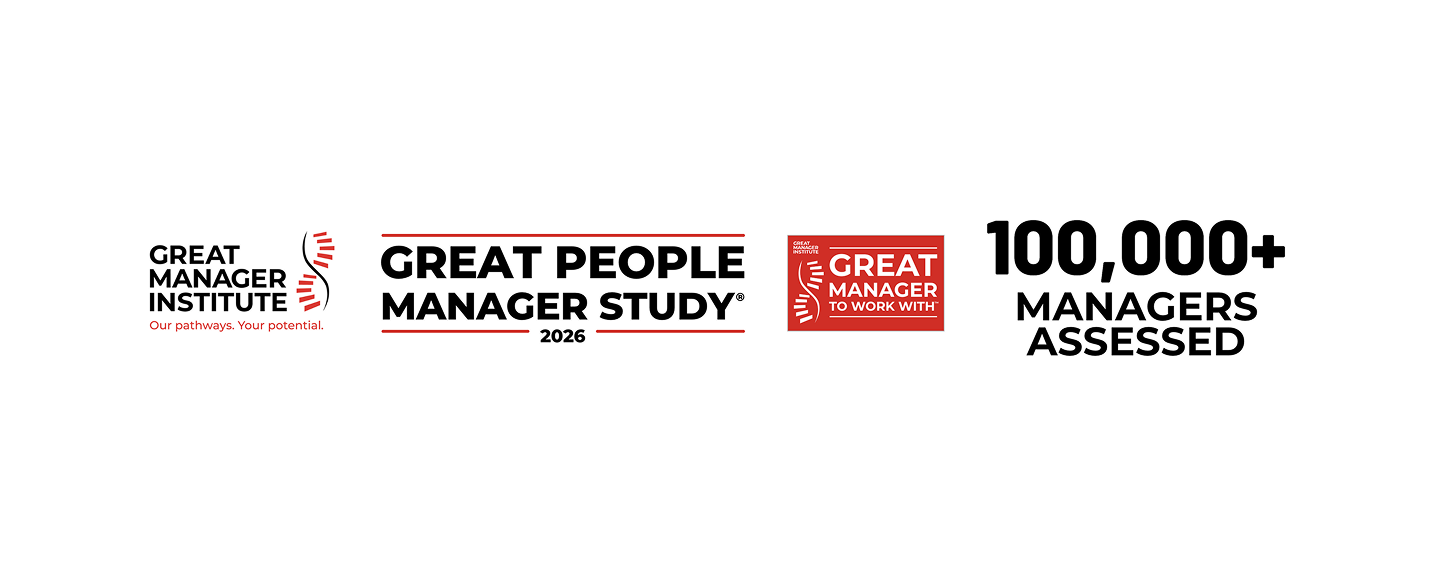Introduction: The Traditional Route - Engagement Surveys
For years, organizations have relied on employee engagement surveys to gauge employee sentiment. These surveys have been invaluable in providing insights into how employees feel about their work environment, their teams, and the organization as a whole. They help measure the general “mood” of the workforce—whether employees are satisfied, motivated, and aligned with the company’s mission.
Engagement surveys do more than just track morale; they act as a litmus test for an organization’s culture. High engagement often signals strong morale, loyalty, and productivity. Companies with engaged employees have a 3x higher chance of outperforming competitors in terms of profitability and productivity (Gallup). In fact, they report 22% higher productivity, 25% more profitability, and 21% higher customer satisfaction.
But while engagement surveys can provide a snapshot of employee sentiment, there’s a key piece missing in this equation—what’s driving that engagement? And the bigger question: how can organizations turn that engagement into sustained performance and business growth?
The Shortcomings of Engagement Surveys: The Unanswered Questions
While engagement surveys give us valuable insights, they are inherently reactive. They measure what employees feel but fail to address why they feel that way. Are employees engaged because of good leadership? Or is it the result of extrinsic factors like perks or external market conditions?
Here are some critical shortcomings of engagement surveys that leave a gap in understanding:
- Surface-Level Insights: Engagement surveys tell us how employees feel, but they don’t answer the crucial question: why do they feel that way? For example, if employees report high engagement, engagement surveys don’t pinpoint whether this is due to effective leadership, team dynamics, or other non-managerial factors.
- Lack of Actionability: A survey might tell you that employees feel engaged, but it often doesn’t reveal the specific actions that can make employees feel even more engaged or, conversely, what might be contributing to disengagement. It becomes hard to derive actionable insights that can directly drive improvements in leadership or performance.
- One-Dimensional Focus: Engagement is a broad measure. It captures overall sentiment but doesn’t segment the drivers of engagement or explore the key role of people managers. It ignores how individual managers are directly influencing engagement levels within their teams.
- No Clear Link to Business Outcomes: Engagement surveys measure feelings, but they don’t always show the link to tangible business outcomes like performance, retention, or sales growth. For CEOs and CXOs, this is a critical blind spot. Engagement is important, but without understanding the root causes of engagement, organizations struggle to translate engagement into sustained success.
The Gap: The Missing Link Between Engagement and Business Success
The gap between engagement surveys and business performance lies in the managerial influence—the one factor that has the most direct impact on engagement, performance, and retention.
The truth is, employees don’t engage with a company—they engage with their managers. According to the 2024 State of Managers Report, 70% of employees say their relationship with their direct manager is the primary reason they stay with or leave an organization. A great manager can inspire, motivate, and engage employees in a way that a generic engagement survey cannot.
What organizations need isn’t just an engagement survey—it’s a tool to measure and enhance the effectiveness of their people managers. And that’s where PMES (People Manager Effectiveness Survey) fills the gap.
Why People Manager Effectiveness is the Game Changer
The People Manager Effectiveness Survey (PMES) shifts the focus from measuring employee sentiment to understanding the behaviors, practices, and leadership styles that drive engagement and performance. It’s a powerful tool that does three things:
- It Measures Managerial Behaviors: PMES doesn’t just assess how employees feel—it evaluates how their managers’ behaviors impact those feelings. The survey looks at how well managers connect with, develop, and inspire their teams, providing data-backed insights into their leadership effectiveness.
- It Provides Actionable Insights: Unlike engagement surveys, which leave organizations with vague feedback, PMES provides specific, actionable insights. Managers receive customized feedback on their strengths and areas for growth, from communication styles to decision-making processes, to improve team engagement and performance.
- It Directly Links Leadership to Business Outcomes: PMES has been shown to have a direct correlation with critical business outcomes. According to the 2024 State of Managers Report, organizations with effective managers see:
- 19% reduction in attrition
- 3x increase in employee engagement
- 22% increase in performance ratings
- 14% higher sales growth
- 15% increase in employee retention
These numbers speak volumes. When managers are equipped to lead with empathy, clarity, and support, business outcomes improve significantly. By focusing on people manager effectiveness, organizations can achieve better employee satisfaction, improved performance, and a more productive workforce.
What This Means for CEOs and CXOs
For CEOs and CXOs, the importance of investing in people manager effectiveness cannot be overstated. When people managers are effective, they create a ripple effect across the entire organization. Their ability to connect with and develop their teams directly impacts retention, engagement, and ultimately, business performance.
Here’s why this matters:
- Improved Employee Retention: A key finding from the 2024 State of Managers Report is that employees who feel their managers are ineffective are 64% more likely to leave the company. By investing in developing effective people managers, organizations can drastically improve retention.
- Better Succession Planning: PMES enables organizations to identify potential leaders early, ensuring that there is a strong leadership pipeline for the future. This leads to higher internal promotion rates—with companies seeing 28% higher internal promotions when they focus on leadership development.
- Enhanced Organizational Culture: The 2024 State of Managers Report also emphasizes that organizations with highly effective managers are twice as likely to be recognized as the best places to work. This highlights the critical role of people managers in shaping the culture and driving employee satisfaction.
Conclusion: Unlocking the Full Potential with PMES
In conclusion, while engagement surveys serve as an important tool for gauging employee sentiment, they miss the mark when it comes to understanding the drivers of engagement. PMES fills this gap by focusing directly on managerial effectiveness, which is proven to have a direct impact on engagement, retention, performance, and sales growth.
For CEOs, CXOs, and business leaders, adopting PMES is a strategic step toward sustaining growth, improving employee retention, and driving better business results. By investing in the development of effective people managers, organizations not only improve engagement but also align their leadership practices with long-term business objectives.
The data is clear—organizations that prioritize managerial effectiveness will see a 22% improvement in performance ratings, a 14% increase in sales, and a 19% reduction in attrition. It’s time to go beyond engagement surveys and focus on the real drivers of organizational success: the people managers who lead the way.










